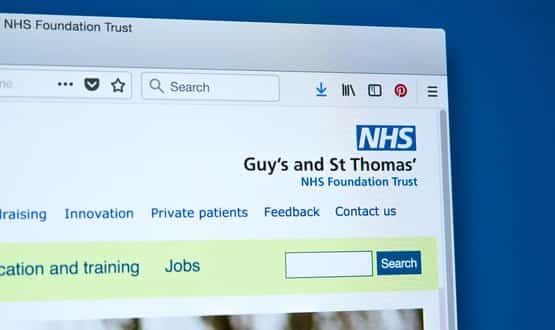Cyber security news round up
- 20 September 2019

Our latest round-up of cyber security news includes proposed guidance on securing the PACS ecosystem and a report that WannaCry is still alive and well.
Human error remains main cause of data breaches
Figures released via a Freedom of Information (FOI) request reveal that human error remains the primary cause of personal data breaches, with healthcare the most-affected sector
According to the figures, released by software firm Egress, 60% of 4,856 personal data reported to the Information Commissioner’s Office (ICO) between 1 January and 20 June 2019 were the result of human error.
Of those incidents, nearly half (43%) were the result of incorrect disclosure, with 20% posting or faxing data to the incorrect recipient.
Meanwhile, nearly a fifth (18%) were attributed to emailing information to incorrect recipients or failing to use BCC, and 5% were caused by providing data in a response to a phishing attack.
Tony Pepper, CEO of Egress, commented: “These statistics are alarming. All too often, organisations fixate on external threats, while the biggest cause of breaches remains the fallibility of people and an inherent inability of employees to send emails to the right person.
“Not every insider breach is the result of reckless or negligent employees, but regardless, the presence of human error in breaches means organisations must invest in technology that works alongside the user in mitigating the insider threat.”
WannaCry ‘remains rampant’
WannaCry remains “rampant” more than two years after wreaking havoc on the NHS and other critical industries, a new paper has found.
A report published by British data protection firm Sophos discovered 4.3 million WannaCry infection attempts in August 2019 alone.
While the original malware has not been updated, many thousands of short-lived variants are in the wild, it discovered.
An analysis of around 2,000 WannaCry samples from 2018 shows they were adapted to bypass the famous ‘kill switch’.
Fortunately, new variants of the malware act as an “accidental vaccine,” providing immunity from subsequent attack by the same malware.
Peter Mackenzie, security specialist at Sophos and lead author of the research, said: “In this case, some victims have been lucky because variants of the malware immunised them against newer versions. But no organisation should rely on this.
“Instead, standard practice should be a policy of installing patches whenever they are issued, and a robust security solution in place that covers all endpoints, networks and systems.”
NCCoE to publish guidance on secure PACS
The National Cybersecurity Center of Excellence (NCCoE) at the US’s National Institute of Standards and Technology (NIST) has proposed a new project to provide guidance on securing picture archiving and communication system (PACS).
This project seeks to ensure the security of the PACS ‘ecosystem’ and will include the development of a secure reference design, which will help healthcare organisations implement more secure PACS solutions with stronger security controls.
NIST aims to publish a publicly available cyber security practice guide that will include a “detailed implementation guide” for secure PACS technology.
“The primary role of PACS is interaction with disparate medical imaging devices, interconnectivity with other clinical systems, and allowing a geographically and organisationally diverse team of healthcare professionals to review medical images to provide quality and timely patient care,” wrote the authors of the NIST proposal.
“Therefore, the threat landscape is broad. If not properly secured, vulnerabilities may be introduced into the PACS ecosystem, either affecting clinical information stored in the PACS environment or allowing malicious actors to leverage components within the ecosystem as pivot points into the integrated healthcare information system.




